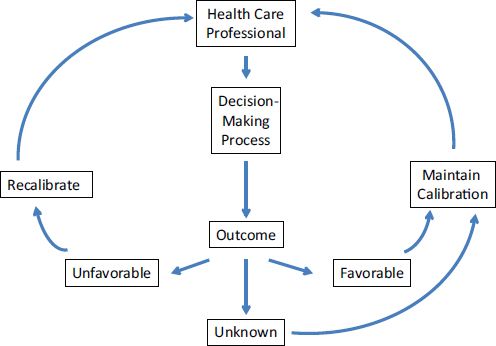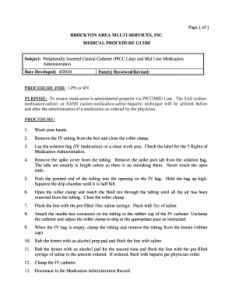
Understanding the Diagnostic Process for Various Health Conditions
Introduction
When we experience unusual symptoms or health issues, the first step towards finding a solution is through proper diagnosis. The diagnostic process involves a series of steps carried out by healthcare professionals to determine the underlying cause of an individual’s health condition. This article will provide an overview of the diagnostic process and shed light on the different methods used for diagnosing various health conditions.
Signs and Symptoms
The diagnostic process typically begins when a person presents specific signs and symptoms that indicate an underlying health problem. These symptoms can range from physical discomfort to cognitive impairment and can vary depending on the condition. It is crucial for individuals to pay attention to any changes in their body or behavior and communicate them effectively to healthcare professionals.
Medical History and Physical Examination
Upon visiting a healthcare provider, the first step in the diagnostic process is obtaining a comprehensive medical history. This involves the healthcare professional asking questions about the individual’s symptoms, previous health issues, family medical history, and lifestyle factors.
Following the medical history intake, a thorough physical examination is performed. The healthcare professional will examine the individual’s body, looking for any visible signs or abnormalities that may provide clues about the underlying condition.
Diagnostic Tests and Procedures
If the medical history and physical examination do not yield a definitive diagnosis, further diagnostic tests and procedures may be necessary. These tests can range from routine blood work to complex imaging techniques.
1. Laboratory Tests: Blood tests, urine tests, and other laboratory investigations are commonly used to identify infections, measure hormone levels, assess organ function, and detect abnormalities in various body systems.
2. Imaging Techniques: Diagnostic imaging techniques such as X-rays, CT scans, MRI scans, ultrasounds, and PET scans provide detailed images of internal organs, tissues, and bones. These images help diagnose conditions such as fractures, tumors, blockages, and abnormalities.
3. Biopsy: In cases where a definitive diagnosis cannot be made through other tests, a biopsy may be performed. A small sample of tissue is extracted from the affected area and examined under a microscope to identify the presence of cancer cells or other abnormalities.
4. Genetic Testing: Genetic testing is used to identify specific gene mutations or abnormalities that may be responsible for certain inherited disorders or diseases.
Specialized Consultations
In some cases, the diagnostic process may involve consultations with specialized healthcare professionals. These professionals have expertise and knowledge in specific areas, allowing them to offer further insights and confirm or refine a diagnosis.
1. Specialists: Individuals may be referred to specialists such as cardiologists, neurologists, dermatologists, or gastroenterologists, depending on the suspected condition. These specialists conduct specialized tests, examinations, and procedures to assist in diagnosing and managing specific health conditions.
2. Second Opinions: If a diagnosis remains elusive or if the individual desires a second opinion, seeking consultation from another healthcare professional can provide a fresh perspective and potentially unveil alternative diagnostic approaches.
Conclusion
The diagnostic process is a crucial step towards understanding and addressing various health conditions. Through careful consideration of signs, symptoms, medical history, physical examination, diagnostic tests, and specialized consultations, healthcare professionals can accurately diagnose the underlying cause and develop an appropriate treatment plan. By actively participating in the diagnostic process and effectively communicating with healthcare providers, individuals can play a vital role in their own healthcare journey.

